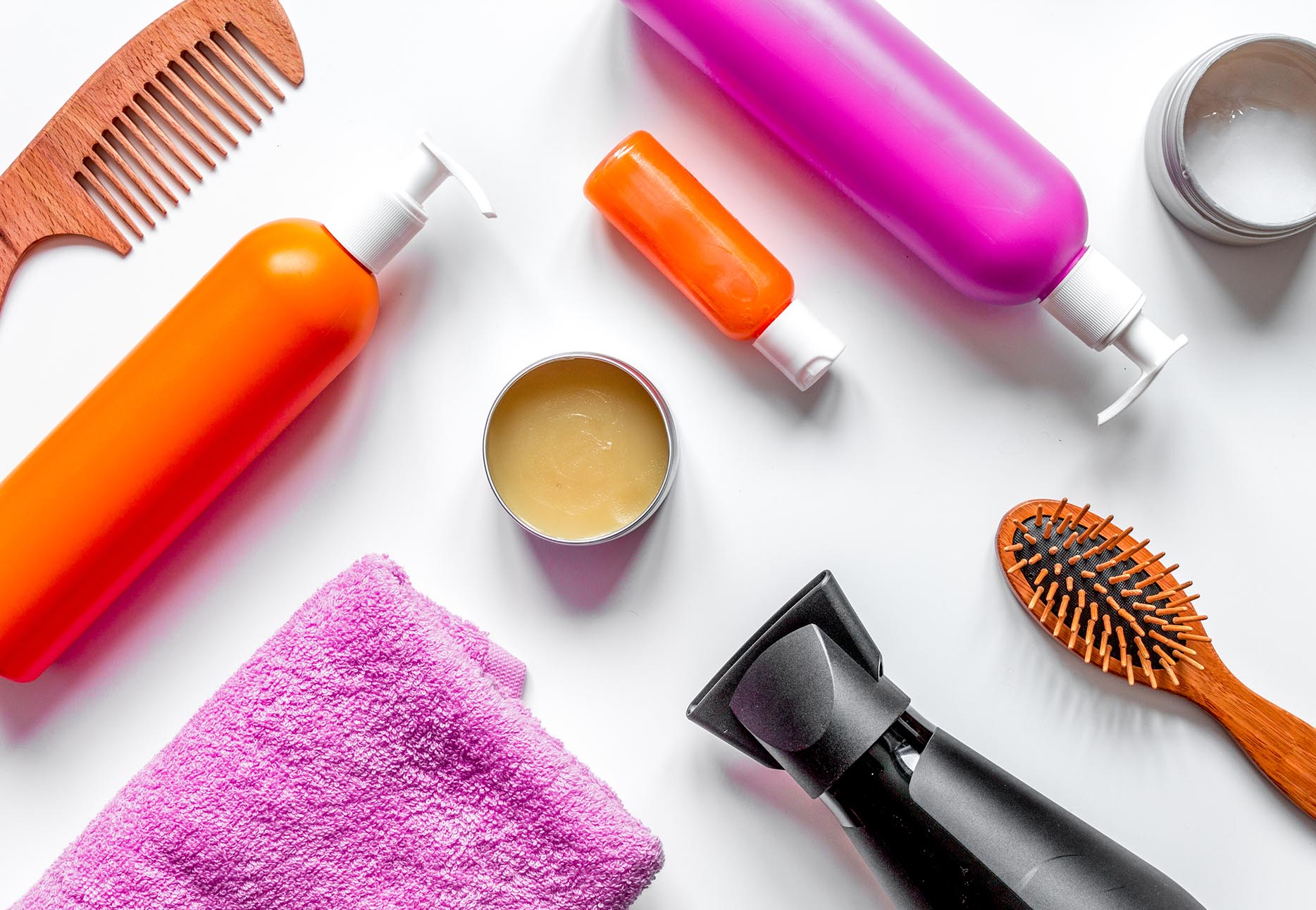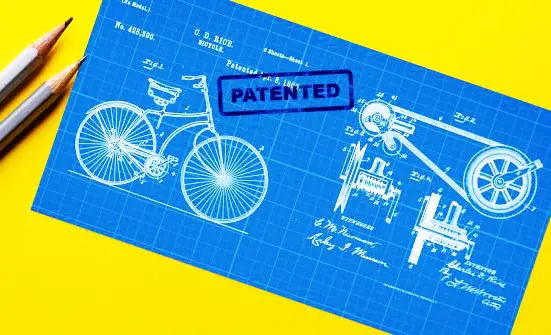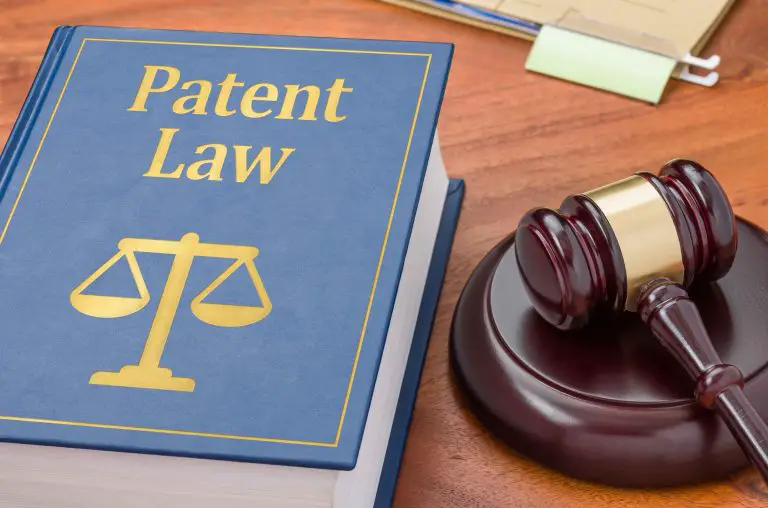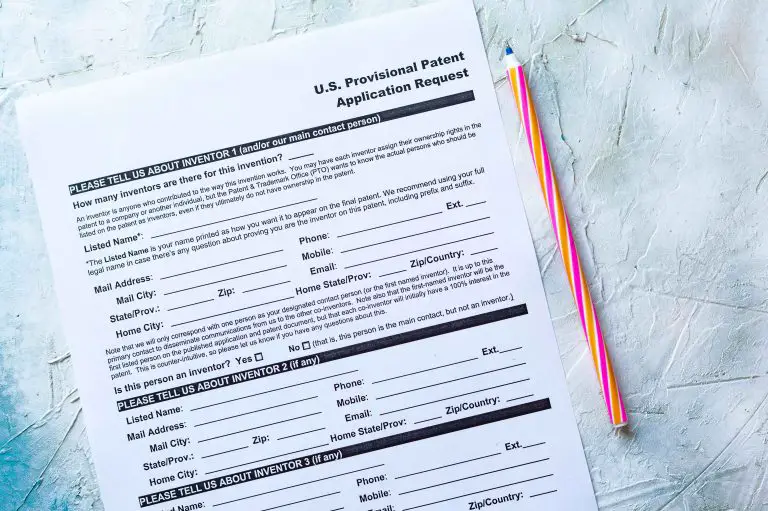Can You Patent a Hair Product?
If you’ve just finished working on an awesome hair care product that promises more volume, less frizziness, and no more split ends or you’ve invented a new haircare tool, you might be wondering if you can patent it? The USPTO (United States Patent and Trademark Office) allows inventors of new products, machines, processes, and composition of matter to protect their invention with a patent.
A patent allows inventors to stop others from using, making, and selling the patented product without the patent holder’s express permission for a limited period of time, usually 20 years in the case of utility patents. So, can you patent a hair product? We will answer this below.
Can You Patent a Hair Product?
Yes, you can patent a hair product if (1) it has a patentable subject matter, (2) is novel (new), nonobvious, and has a useful purpose. For your hair care product to qualify for patent protection, you must prepare and file a patent application that meets the requirements set forth by the patent office. We will discuss each of these elements in more detail below.
Having said that, two of the biggest challenges you will face patenting your hair product is satisfying the novelty element and nonobviousness requirement.
It’s difficult in today’s day and age to show that a product is new and nonobvious mainly because the hair care industry is so competitive and many of the ingredients have already been incorporated into some hair care product and many of the tools have been invented.
That said, if you have a new tool, such as a new type of hair straightener, you might have an easier time patenting it than you would with a new type of hair gel or shampoo.
Some inventors choose not to patent their invention because patenting an invention requires complete disclosure of how to make the invention. So, if you’ve developed a new type of shampoo, you will have to disclose the formula and how to make the formula to the patent office. Some people are not willing to do this to keep their formula secret.
Preparing and Filing a Patent Application
If you have an invention (hair product) that you know you can profit from, you should contact an attorney to assist you with the preparation and filing of your patent application.
Although the patent office allows inventors to prepare and file their own patent application, they do recommend that inventors seek the help of an attorney to patent their invention. This is so because patent law is quite complex and there are some requirements that need to be satisfied when preparing and filing a patent application.
Just remember, for your invention (hair product) to qualify for a patent, it must satisfy the following 4 requirements. We will discuss these requirements in more detail below.
- Hair product must have patentable subject matter
- It must be novel (meaning it must be new)
- It must be nonobvious
- It must serve some useful purpose
We will discuss each of these elements in more detail below.
Your Hair Product Must Have Patentable Subject Matter
To obtain a patent on a hair product, the hair product must have patentable subject matter, meaning the product must be something for which the patent office offers a patent.
For example, if you have a new type of hair straightener or a new type of shampoo, you may be able to patent them because they have qualifying subject matter. The hair straightener may qualify for a utility patent if it has a new type of functionality that has never been patented before. Also, a new shampoo may qualify for a patent because new and unique mixtures of ingredients are patentable subject matter. That said, you still have to satisfy the remaining requirements.
Hair Product Novelty
To be able to patent a hair care product, patent law requires the product, whether it’s a formula or an invention to be novel. Said differently, the invention must be, meaning that no one has ever patented or publicly disclosed the product you’re seeking to patent.
So, for a formula, such as a formula for a shampoo or hair gel, the formula has to be new. This does not mean that every ingredient has to be new, but that the combination of ingredients is new. That said, if you do have a new ingredient, this may help show that your formula is indeed new.
For a product, such as a straightener or new type of comb, you’ll also have to show that the product is new. When determining whether an invention is new, an applicant should perform a patent search to determine whether someone has already patented or publicly disclosed the invention you’re seeking to patent.
Hair Product Nonobviousness
The third requirement an inventor will have to satisfy to patent a hair product is that the hair product be nonobvious. That is, an inventor must show that the product was no obvious to a person who is skilled in the field of the product.
For example, if you’re seeking to patent a new shampoo formula, you have to show that the shampoo formula was not something that an ordinary person, skilled in the shampoo industry, would have found to be obvious.
Adding more of an ingredient, such as more argan oil, which has already been added to hundreds of shampoos, will not make your shampoo nonobvious. The ingredients have to be unexpected. Although developing a new ingredient is not required to obtain a patent, adding a newly developed will make patenting your product much easier.
That said, a product such as a new curling iron may more easily qualify for a patent. But, you will still have to show that it is nonobvious at the time you file a patent application.
Hair Product Must Be Useful
The final element an applicant has to satisfy to patent a hair product is useful. That is, an applicant must show that the hair product is useful. Although the patent office rarely rejects patent applications on the grounds that an invention is not useful.
To show usefulness, an applicant must show that the hair product has some identifiable benefit. For example, if you have a new type of shampoo, you may have to show that it reduces frizziness or creates more volume.
If you have a hair straightener, the useful purpose would be that it helps straighten hair, which is something that people in society look for from a product. An applicant should explain how the product to be patented benefits the end-user and how the end-user can use the patented product.
Hire a Lawyer or Patent Agent
The only real way to know whether your invention is patentable is to contact an experienced patent attorney, sit down with them, and explain your invention to them. Most attorneys are experienced and will be able to offer you advice for your specific situation.
Patenting a product can be a complex process, so having an attorney that understands the process is a must for anyone seeking to patent an invention.
If you want to patent your invention but don’t have the money to hire an attorney, you have the option of hiring a patent agent. Patent agents are qualified and registered with the patent office to assist inventors with patenting their invention.
Filing a Provisional Patent Application First
Some inventors opt to file a provisional patent application instead of a regular, nonprovisional patent application because provisional applications are easier to prepare and cost less. Filing a provisional application allows inventors to obtain an early filing date at the patent office and use the words “patent pending” on the product immediately after filing an application.
That said, provisional applications do not turn into patents, so eventually, an inventor must file a regular patent application within 12 months of filing a provisional application to obtain a patent. If an applicant does not file a regular patent application within 12 months of filing a provisional application, the provisional application is considered to have been abandoned.
Steps to Patent a Hair Product
- Hire an attorney
- Perform a patent search
- Prepare a utility patent application
- File your utility patent application with the patent office
- Track the status of your application
- Have your attorney respond to any communications from the patent office
Why Should You Patent a Hair Product?
Inventors of new hair products should patent them because patenting an invention allows inventors to control who uses, makes, and sells the hair product. As a patent holder, you will be able to stop others from making, using, and selling the patented product for a limited period of time. Utility patents last for 20 years from the date an inventor submits a utility patent application.
If another party copies, makes, or sells your patent hair product, as a patent holder, you will be able to ask them to stop their infringing use, if they do not stop doing so, you will be able to bring a lawsuit against them in federal court for patent infringement.
Note: It is not the USPTO’s job to police your patent for you. So, if you find that someone is infringing upon your patent, it’s your job as the patent holder to find infringers and bring a lawsuit against them.
Patenting a Hair Product
So, now we know that patenting a hair product is possible, so long as the hair product has a patentable subject matter, is new, is nonobvious, and serves some useful purpose. Every situation is different, so you should consult with your own attorney and ask them for their opinion on the patentability of your specific product. If you have any general questions or comments, please feel free to leave them in the comments section below.








